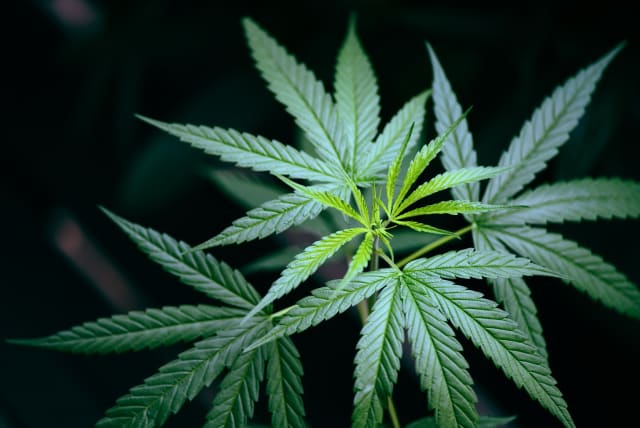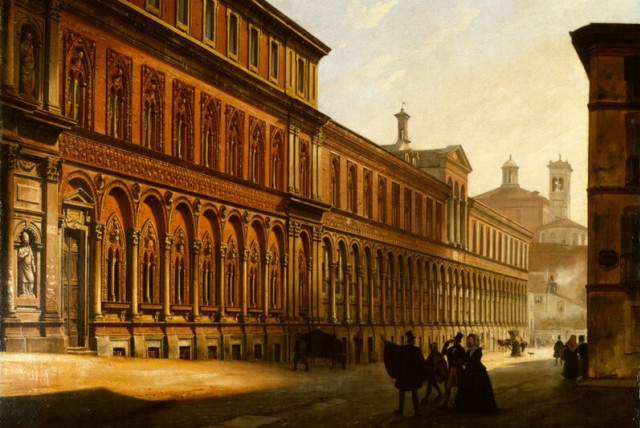New study suggests 17th century Italians were cannabis users

Conducting their study on the crypt of 17th century Milanese hospital Ospedale Maggiore, researchers analyzed femoral bone samples from the remains of the hospital patients.
A new peer-reviewed study entitled “Forensic toxicological analyses reveal the use of cannabis in Milano (Italy) in the 1600s,” published in the Journal of Archeological Science, established that 17th-century Italians used cannabis for recreational purposes or medical purposes.
Basing their study on the crypt of the once-renowned 17th-century Milanese hospital Ospedale Maggiore, researchers analyzed femoral bone samples from the remains of the hospital patients who had been interred in the crypt.
The aim of the examination was to see whether these contained cannabis.
The researchers analyzed nine femoral bones belonging to seven males and two females.
The toxicological examinations found that out of these nine individuals, the presence of two cannabinoids, compounds found within the cannabis plant, was present in two femoral samples.
The team then attempted to ascertain whether the cannabis was intended for recreational or medicinal use.
A study of the hospital pharmacopeia and the documentation identifying the medicine used within the hospital precincts showed cannabis was not on the list.
According to the researchers, this indicates the possible recreational use of the plant rather than a medical one.
However, the researchers also noted that the patient may have been administered the plant when treated by a doctor outside of the hospital.
The team said these findings are evidence that the 17th-century Italians, in general, and the population of Milano, in particular, were exposed to the plant.
As such, this is the first physical evidence of the use of cannabis in the modern era not solely in Italy but also in Europe, the team noted.
Use of cannabis in the past
While in Ancient Greece and Rome, the hemp plant was ubiquitous, the interest in it waned during the Middle Ages.
In the 15th century, an ecclesiastic edict banned the plant, yet it remained in use for medicinal and therapeutic purposes throughout the 16th century, mainly owing to travelers to the East and Africa who imported them on their voyages to Europe.
Jerusalem Post Store
`; document.getElementById("linkPremium").innerHTML = cont; var divWithLink = document.getElementById("premium-link"); if (divWithLink !== null && divWithLink !== 'undefined') { divWithLink.style.border = "solid 1px #cb0f3e"; divWithLink.style.textAlign = "center"; divWithLink.style.marginBottom = "15px"; divWithLink.style.marginTop = "15px"; divWithLink.style.width = "100%"; divWithLink.style.backgroundColor = "#122952"; divWithLink.style.color = "#ffffff"; divWithLink.style.lineHeight = "1.5"; } } (function (v, i) { });

